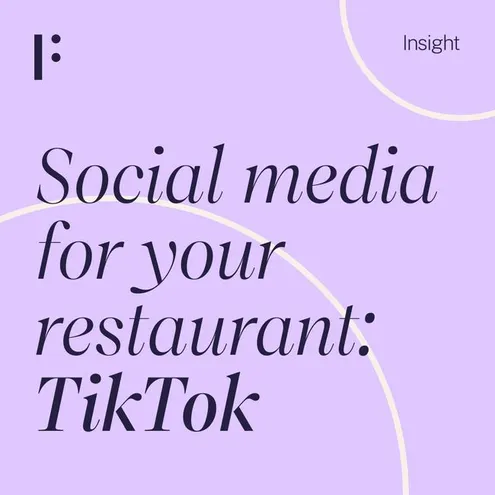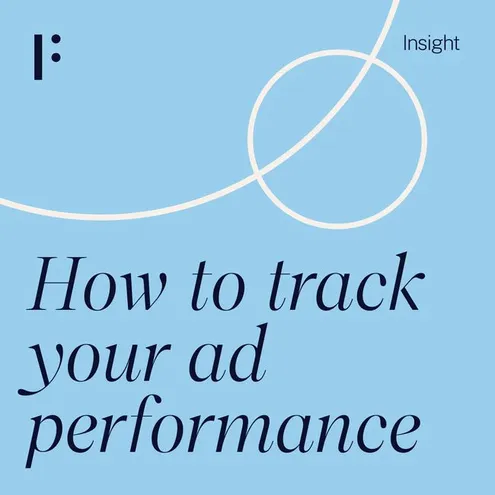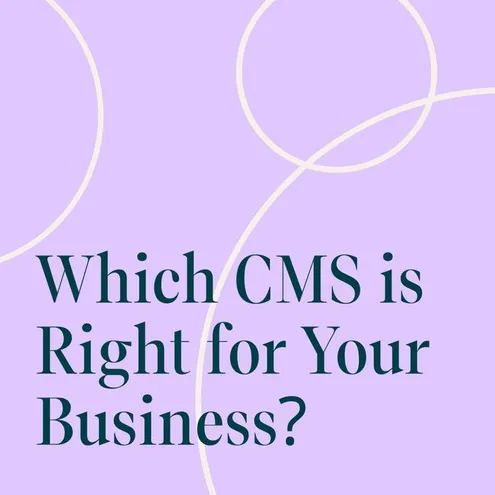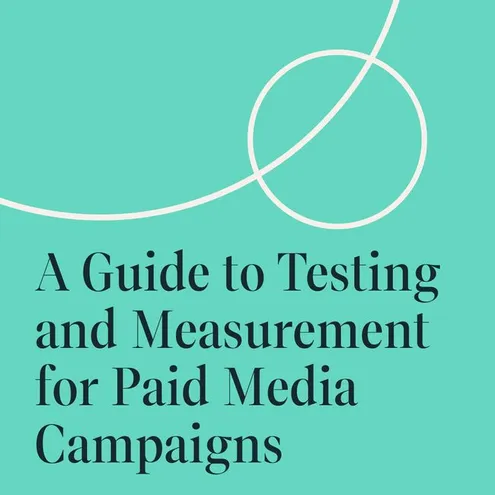31/01/22

Landing Pages
At FLOCC, we are passionate about using effective strategies to maximise hotel and restaurant bookings direct from their websites. Conversion Rate Optimisation, or CRO, is an essential method that marketers and business owners utilise in order to get website users to 'convert' into customers. It's a process that all businesses should factor into their strategy, and implement throughout their website. Most importantly, CRO works effectively with a landing page, as it can help increase leads and sales - and who doesn't want that? In this article, we'll discuss how Conversion Rate Optimisation works and why you need to include it in your hotels marketing plan.
What is CRO and why is it important for your hotel
Conversion Rate Optimisation is the process of increasing the percentage of visitors to a website who take a desired action, such as filling out a form or buying a product. In other words, CRO is a way to enhance your website's effectiveness and increase the number of bookings your hotel or restaurant gets. A high conversion rate demonstrates that your website is highly-effective, it means that when users visit a page they are very likely to purchase your products/services or be interested in signing up for more information. There are various factors that can lead to a low conversion rate, including bad website design, slow loading times or a request for too much information. CRO is calculated by dividing the number of visitors on your landing page by the number of conversions and multiplying it by 100.
To get straight to the point, if you're not currently using CRO, you're likely losing out on many potential customers. According to research, businesses that use CRO can see increases in their conversion rates of up to 400%. In addition, CRO can also help you improve your website's usability and user experience, which can lead to higher conversion rates as well. You'll be able to learn more about your customers and audience if your website is running effectively, which you can use to better understand the needs of your market and make future improvements or changes for even greater results.
How to optimise your hotel's website to increase conversion rates
When it comes to Conversion Rate Optimisation, there are a few basic tips that you can follow in order to get started. Remember that one of the first crucial steps in optimising any aspect of your website is identifying your key audience. This means understanding their interests and habits in order to establish how you can tailor your content according to what they are most likely to click on.
A landing page is an integral part of a marketers toolkit and when used correctly, can be very beneficial to CRO. As with all pages on your site, you should make sure your landing page is easy to navigate. The layout and design of your landing page should be easy for users to understand, this means keeping your page simple and avoiding clutter. The call-to-action (CTA) should be clearly defined and visible to the user. We go into more detail here on how landing pages help with increasing conversions.
Some key tips are:
- Use clear and concise language. Avoid using complex or jargon-heavy language on your hotel's webpages, as it will only confuse users and lead to lower conversion rates.
- Write catchy headlines. Your headline is one of the most important elements of your landing page. It should instantly tell users what your business is about, and it should be catchy enough that potential guests are compelled to learn more about your hotel.
- Incorporate trusted symbols or images into the design of your landing page. This can help attract customers who are familiar with this particular brand, and add trust to your landing page.
- Test your landing page for usability. As you're designing and preparing your landing page, consider hiring someone to conduct a review on the user experience that it offers. By testing your landing page, you can identify potential flaws or issues with the design before it goes live to the public.
- Make sure you're asking for permission to contact your customers. If you want to collect customer information on your landing page, be sure that visitors are aware of this beforehand and have given their consent in advance through a checkbox or otherwise.
How to measure the success of a CRO campaign
With CRO, it's essential to track the success of your campaigns in order to understand what's working and what needs improvement. By tracking the results of your CRO campaigns, you'll be able to see how much revenue they're generating, how many leads they're generating, and which pages are performing the best. In addition, you'll also be able to track how long users are staying on your pages, what actions they're taking, and where they're exiting your website.
All of this data can be extremely helpful in understanding how well your CRO campaigns are performing, and it can help you make decisions about which strategies should be kept and which ones should be dropped. If a certain page is performing well, you'll know to keep it. If a certain section is generating a ton of traffic but very few sales, then you can work on optimising that element in order to improve your results.
You can measure the success of a CRO campaign by using Google Analytics. Each time a user arrives on a certain page, you'll need to tag them with a specific value so they can be tracked from that point onwards. By tagging your users appropriately, you'll be able to see where they're coming from and what pages they're visiting, which can help you achieve a better understanding of their overall experience.
In addition to the information listed above, here are some other important metrics to track when it comes to CRO:
- Bounce Rate (the percentage of visitors who visit only one page on your site before moving on)
- Exit Rate (the percentage of visitors who exit your site from a certain page)
- AOV (Average Order Value; the average dollar amount spent by each user during their online transaction)
- CVR (Conversion Rate; the percentage of users who complete a transaction after arriving on your site from a marketing campaign)
- Lead Generation rate (the number of leads generated for your business)
All of these different metrics are important to track, and they all play their own specific role in helping you understand how well (or how poorly) your CRO campaigns are performing. By tracking these metrics over time, you'll be able to see how your CRO campaigns are affecting your marketing strategy as a whole. This will help you decide whether or not the campaign is delivering results that are worth the investment.
And there you have it! These are just a few tips on how to start optimising your hotel's website to increase conversions. Of course, you can take our advice or you can get in contact with us to find out more about how we can help you maximise direct bookings and get the most out of your digital marketing plan.









